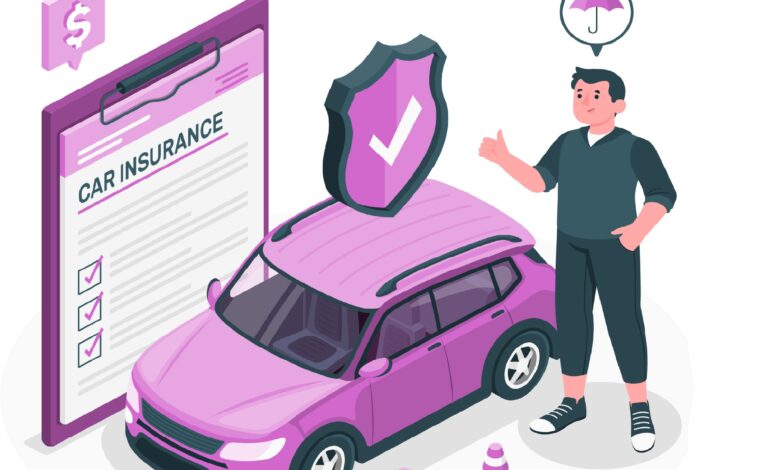Comprehensive vs. Collision Coverage: Which One Do You Really Need?

When purchasing auto insurance, choosing the right type of coverage can feel overwhelming. Two of the most common coverage options—comprehensive and collision—are often misunderstood. Let’s break down these two types of coverage and help you determine which one fits your needs.
What is Comprehensive Coverage?
Comprehensive coverage protects your vehicle from damage caused by non-collision events. These include:
- Theft
- Vandalism
- Natural disasters (floods, hurricanes, etc.)
- Falling objects
- Fire
- Animal-related incidents (e.g., hitting a deer)
Essentially, comprehensive coverage helps cover damage beyond your control. If a storm damages your car or it’s stolen, comprehensive coverage steps in.
What is Collision Coverage?
Collision coverage, on the other hand, protects your car from damage resulting from accidents, regardless of fault. This includes:
- Collisions with another vehicle
- Collisions with stationary objects (e.g., poles, fences, or trees)
- Single-car accidents like rolling your vehicle
Collision coverage ensures your car gets repaired or replaced if it’s damaged in an accident you cause or are involved in.
Key Differences Between Comprehensive and Collision Coverage
| Feature | Comprehensive Coverage | Collision Coverage |
|---|---|---|
| Covers What? | Non-collision events like theft, fire, and weather | Collisions and accidents with objects or vehicles |
| Fault-Based? | Not fault-based | Covers regardless of fault |
| Deductible? | Yes | Yes |
| Cost? | Typically lower than collision coverage | Usually more expensive |
Do You Need Both Types of Coverage?
The decision comes down to your circumstances, including your car’s value, your driving habits, and your financial situation. Here’s how to decide:
- New or Expensive Car: If your car is new or holds significant value, both comprehensive and collision coverage are strongly recommended to protect your investment.
- Older Car: For older vehicles with depreciated value, the cost of repairs may outweigh the value of the car. In such cases, comprehensive coverage alone may suffice.
- Loan or Lease: If you’re financing or leasing your car, lenders typically require you to have both comprehensive and collision coverage.
- Risk Tolerance: If you can afford to pay out of pocket for repairs or replacement, you might skip one or both coverages, especially if your car isn’t worth much.
A Balanced Approach
Many drivers find that a combination of comprehensive and collision coverage provides peace of mind. However, if you’re looking to cut costs, consider comprehensive coverage on its own, especially if your car is older and you don’t drive frequently.
By understanding the differences and evaluating your needs, you can make an informed decision about which type of coverage is right for you. Remember, the best insurance policy is one that fits your budget and provides the protection you truly need.





